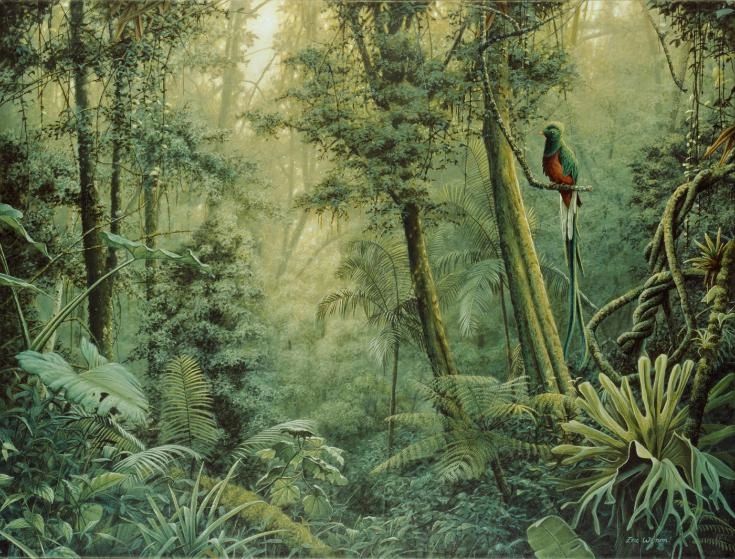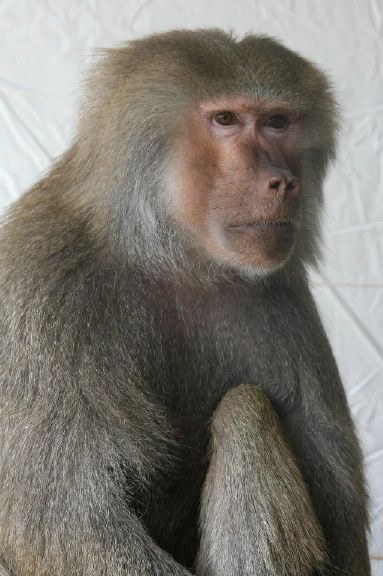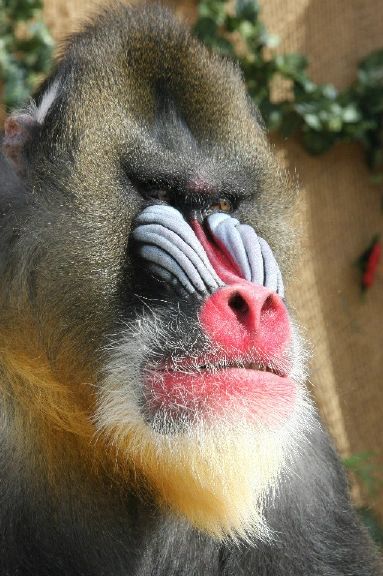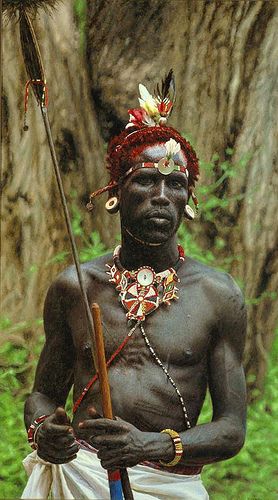YOUTH FOR WILDLIFE
Your Subtitle text
The Bushmeat Crisis

THE BUSHMEAT CRISIS
Bushmeat is undoubtedly the single most significant blow to current wildlife populations. Commercial, illegal and unsustainable hunting for the meat of wild animals is causing widespread local extinctions in Asia and West Africa. It is a crisis because of rapid expansion to countries and species which were previously not at risk, largely due to an increase in commercial logging, with an infrastructure of roads and trucks that links forests and hunters to cities and consumers.
The people of Africa’s equatorial forest region have been hunting and eating wild animals for over 100 years, and their meat of preference are the primates. This commercial bushmeat trade threatens wildlife populations all across West and Central Africa, where wildlife provides rural families with around 40% of their animal protein consumption. Gorilla ribs and chimp arms are sold for meat in the markets across the Congo. Gross sales of bushmeat are estimated at $50 million annually and primates account for 20% of that commerce. A significant percentage of the animals being hunted for food are classified as threatened or endangered and are protected by international laws. “If we don’t respond to the bushmeat crisis, we may lose chimpanzees and other endangered species in Africa and around the world in the next 20 years”. Dr. Jane Goodall (The Jane Goodall Institute)

This area of the world lacks economic development and infrastructure. Despite the region’s natural wealth of resources, it is one of the poorest areas in the world and the local people have suffered insecurity, war and extreme poverty for many generations. Conflict in the area has been one of the world’s worst humanitarian crises, with the loss of over four million lives in the past two decades. Caught in the middle of all this crisis are many endangered species, which are quickly being driven to extinction.
In Africa, forest is often referred to as 'the bush', thus wildlife and the meat derived from it is referred to as 'bushmeat'. This term applies to all wildlife species, including threatened and endangered, used for meat including: elephant; gorilla; chimpanzee and other primates; forest antelope; crocodile; porcupine; bush pig; cane rat; pangolin; monitor lizard; guinea fowl; etc. Bushmeat that is illegally, commercially and/or unsustainably derived from wildlife includes those characterized by:

This threat to wildlife has become a crisis because it is rapidly expanding to countries and species which were previously not at risk, largely due to an increase in commercial logging, with an infrastructure of roads and trucks that links forests and hunters to cities and consumers.
People in the Congo Basin eat as much meat as Americans and Europeans, and approximately 80% of their animal protein is derived from wildlife. As much as one million metric tons of bushmeat is eaten annually in this area, which is the equivalent to almost 4 million cattle. Rural families eat bushmeat on average two days per week while families living in logging communities eat it two to three times more often. Bushmeat consumption is expected to increase by 3% or more per year as human populations continue to grow. Commercial bushmeat hunting is one of the few currently available methods of generating income for many rural families. As hunting technology improves, the ability of the hunters to kill more animals increases. Shotguns and cable snares are replacing bows and woven nets as the preferred hunting tools.
In Central Africa alone, researchers estimate that one million metric tons of bushmeat is consumed each year. Large mammals are the preferred game and face the first wave of local extinctions -- duikers, elephant, great apes. As large mammals become scarce, hunters turn to monkeys, reptiles and rodents, until a new ecological balance is struck. The bushmeat crisis is a human tragedy as well: the loss of wildlife threatens the livelihoods and food security of indigenous and rural populations most depend on wildlife as a staple or supplement to their diet, and bushmeat consumption is increasingly linked to deadly diseases like HIV/AIDS, Ebola, and Foot and Mouth disease. (Source: www.bushmeat.org)
The people of Africa’s equatorial forest region have been hunting and eating wild animals for over 100 years, and their meat of preference are the primates. This commercial bushmeat trade threatens wildlife populations all across West and Central Africa, where wildlife provides rural families with around 40% of their animal protein consumption. Gorilla ribs and chimp arms are sold for meat in the markets across the Congo. Gross sales of bushmeat are estimated at $50 million annually and primates account for 20% of that commerce. A significant percentage of the animals being hunted for food are classified as threatened or endangered and are protected by international laws. “If we don’t respond to the bushmeat crisis, we may lose chimpanzees and other endangered species in Africa and around the world in the next 20 years”. Dr. Jane Goodall (The Jane Goodall Institute)

This area of the world lacks economic development and infrastructure. Despite the region’s natural wealth of resources, it is one of the poorest areas in the world and the local people have suffered insecurity, war and extreme poverty for many generations. Conflict in the area has been one of the world’s worst humanitarian crises, with the loss of over four million lives in the past two decades. Caught in the middle of all this crisis are many endangered species, which are quickly being driven to extinction.
In Africa, forest is often referred to as 'the bush', thus wildlife and the meat derived from it is referred to as 'bushmeat'. This term applies to all wildlife species, including threatened and endangered, used for meat including: elephant; gorilla; chimpanzee and other primates; forest antelope; crocodile; porcupine; bush pig; cane rat; pangolin; monitor lizard; guinea fowl; etc. Bushmeat that is illegally, commercially and/or unsustainably derived from wildlife includes those characterized by:
- Illegal methods of hunting (wire snares, unregistered guns);
- Illegal species (endangered, threatened, or protected);
- Taken from unauthorized areas; and
- Unsustainable offtake for commercial trade or non-commercial uses.
Though habitat loss is often cited as the primary threat to wildlife, commercial hunting for the meat of wild animals has become the most significant immediate threat to the future of wildlife in Africa and around the world; it has already resulted in widespread local extinctions in Asia and West Africa.

This threat to wildlife has become a crisis because it is rapidly expanding to countries and species which were previously not at risk, largely due to an increase in commercial logging, with an infrastructure of roads and trucks that links forests and hunters to cities and consumers.
People in the Congo Basin eat as much meat as Americans and Europeans, and approximately 80% of their animal protein is derived from wildlife. As much as one million metric tons of bushmeat is eaten annually in this area, which is the equivalent to almost 4 million cattle. Rural families eat bushmeat on average two days per week while families living in logging communities eat it two to three times more often. Bushmeat consumption is expected to increase by 3% or more per year as human populations continue to grow. Commercial bushmeat hunting is one of the few currently available methods of generating income for many rural families. As hunting technology improves, the ability of the hunters to kill more animals increases. Shotguns and cable snares are replacing bows and woven nets as the preferred hunting tools.
In Central Africa alone, researchers estimate that one million metric tons of bushmeat is consumed each year. Large mammals are the preferred game and face the first wave of local extinctions -- duikers, elephant, great apes. As large mammals become scarce, hunters turn to monkeys, reptiles and rodents, until a new ecological balance is struck. The bushmeat crisis is a human tragedy as well: the loss of wildlife threatens the livelihoods and food security of indigenous and rural populations most depend on wildlife as a staple or supplement to their diet, and bushmeat consumption is increasingly linked to deadly diseases like HIV/AIDS, Ebola, and Foot and Mouth disease. (Source: www.bushmeat.org)







